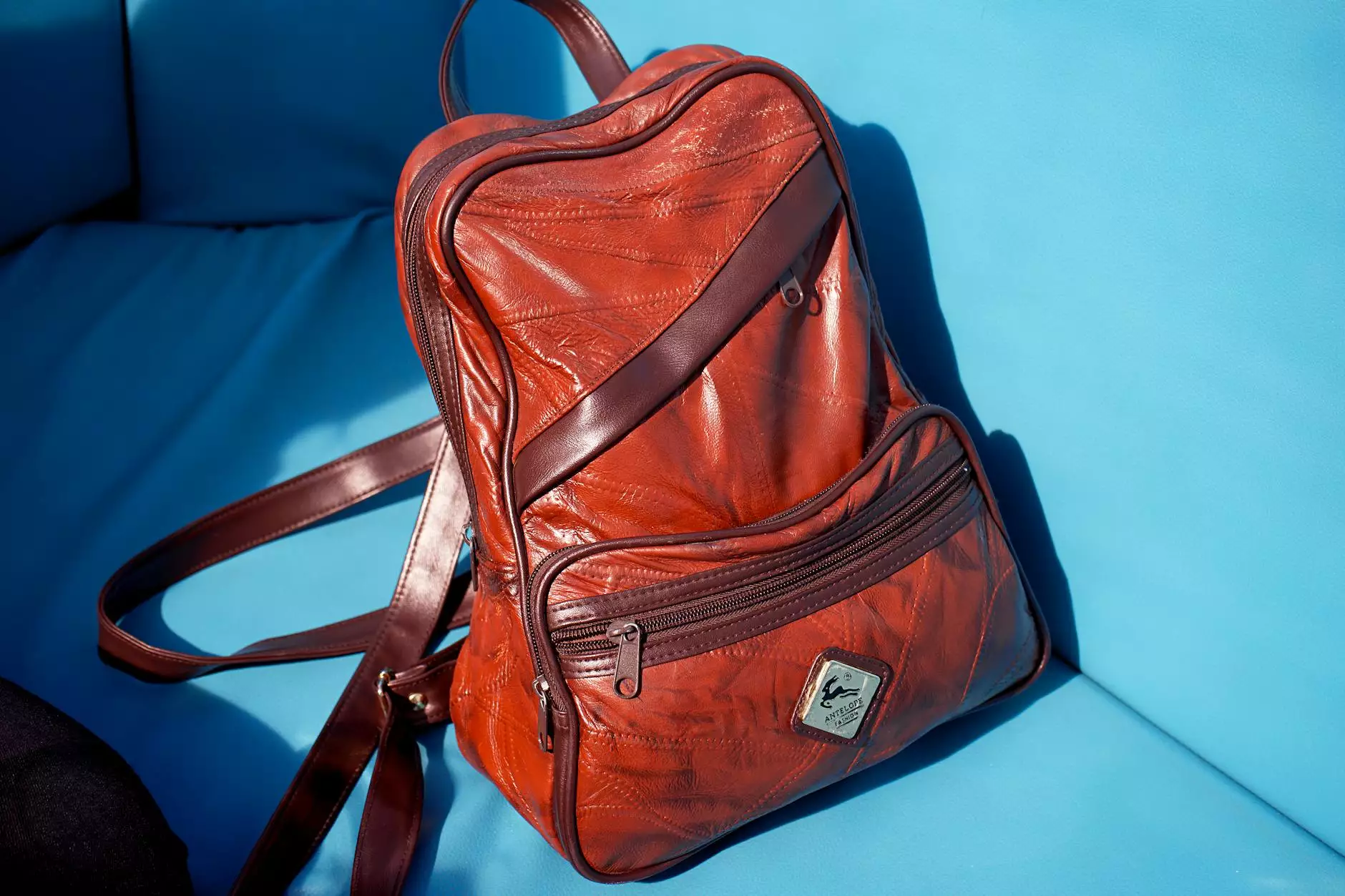How to Make Concrete Steps Non-Slip: A Comprehensive Guide

Concrete steps are a popular choice for both residential and commercial properties due to their durability and aesthetic appeal. However, when wet or icy, these surfaces can become dangerously slippery. Understanding how to make concrete steps non-slip is crucial not only for safety but also for providing peace of mind to households and businesses alike. In this guide, we delve into effective methods and techniques for enhancing traction on concrete steps, ensuring a safer environment for all.
The Importance of Non-Slip Concrete Steps
Ensuring concrete steps are non-slip transcends mere maintenance; it is a commitment to safety. Slips and falls are one of the leading causes of injuries, especially among the elderly, children, and individuals with mobility issues. By implementing non-slip solutions, you can:
- Reduce the risk of injuries – A safe environment protects residents and visitors.
- Enhance property value – Well-maintained, safe steps increase the overall appeal of your property.
- Comply with safety regulations – Many commercial properties are required to adhere to strict safety standards.
Methods to Make Concrete Steps Non-Slip
There are several methods available to make concrete steps non-slip. Each method has its own advantages and may be suitable for different situations. Below are some of the most effective techniques:
1. Anti-Slip Coatings
Anti-slip coatings are an excellent choice for enhancing traction on concrete steps. These coatings typically consist of a polymer base that can be tinted to match your décor. They provide a textured surface that significantly increases grip.
- Application Process: Clean the steps thoroughly, remove any peeling paint or debris, and allow the surface to dry. Apply the anti-slip coating with a brush or roller and let it cure as per the manufacturer’s instructions.
- Longevity: Many anti-slip coatings offer long-lasting resilience; however, routine checks are necessary to ensure they remain effective, especially in high-traffic areas.
2. Non-Slip Tapes
Non-slip tapes are an easy-to-apply solution that involves sticking a specially designed tape onto the concrete surface. This tape often features a gritty texture to enhance grip.
- Installation: Measure the steps and cut the tape to fit. Ensure the surface is clean and dry before applying the tape. Press down firmly to secure it in place.
- Variety: Available in various colors and sizes, non-slip tape can blend discreetly or contrast sharply with your concrete steps.
3. Grit Additives in Concrete Mix
If you're pouring new concrete, consider adding grit additives or aggregates directly into the mix. This method can improve traction right from the start, creating a permanently rough surface.
- Consultation: Speak with your concrete supplier regarding options for suitable grit additives.
- Long-term solution: This method helps prevent slippery conditions in wet weather, providing a long-lasting solution compared to surface treatments.
4. Concrete Texturing
Texturing the surface of the concrete during the curing process can significantly enhance its slip resistance. Various methods, such as brooming or using a decorative stamp, can be employed.
- Brooming: A broom is used to create fine grooves in the concrete surface, providing natural slip resistance.
- Decorative stamps: These can create a visually appealing finish along with added texture for grip.
5. Regular Maintenance
Maintaining your concrete steps is key to ensuring they remain safe over time. Regular maintenance includes:
- Cleaning: Remove dirt, leaves, and algae, which can all contribute to slippery surfaces.
- Inspection: Regularly check for signs of wear and tear and perform necessary repairs promptly.
Seasonal Considerations for Non-Slip Concrete Steps
Different seasons present unique challenges when it comes to maintaining non-slip concrete steps. Here’s how to manage them:
Winter Care
In winter months, ice can build up on concrete steps, creating serious hazards. Use salt or sand for traction, and consider the following measures:
- Ice Melters: Use eco-friendly ice melts that are less harsh on concrete.
- Snow Removal: Shovel snow promptly to prevent ice accumulation.
Summer Maintenance
During summer, increased moisture and heat can lead to algae growth on concrete surfaces. Maintain your steps by:
- Washing: Wash steps with soapy water and a stiff brush.
- Sealing: Consider applying a concrete sealer to protect against moisture absorption and growth.
Choosing the Right Option for Your Needs
When selecting a method to enhance the slip resistance of your concrete steps, consider:
- Budget: Determine how much you are willing to spend on materials and labor.
- Frequency of Use: High-traffic areas may benefit more from durable solutions like anti-slip coatings or grit additives.
- Aesthetic Preferences: Ensure the chosen solution complements the overall look of your property.
Conclusion
Ensuring your concrete steps are non-slip is paramount for both safety and aesthetic appeal. By understanding how to make concrete steps non-slip, and taking action using the methods described, you can create a safe environment while enhancing the beauty and value of your property. Whether you choose anti-slip coatings, non-slip tapes, grit additives, or regular maintenance, the key is consistency and care.
ND Clean Services: Your Partner in Safety
At ND Clean, we specialize in providing comprehensive home services, including expert knowledge in flooring and office cleaning. Our team is dedicated to helping you maintain a safe and inviting environment. Contact us today for customized solutions that ensure your concrete steps are not only beautiful but also safe for everyone!
how to make concrete steps non slip




